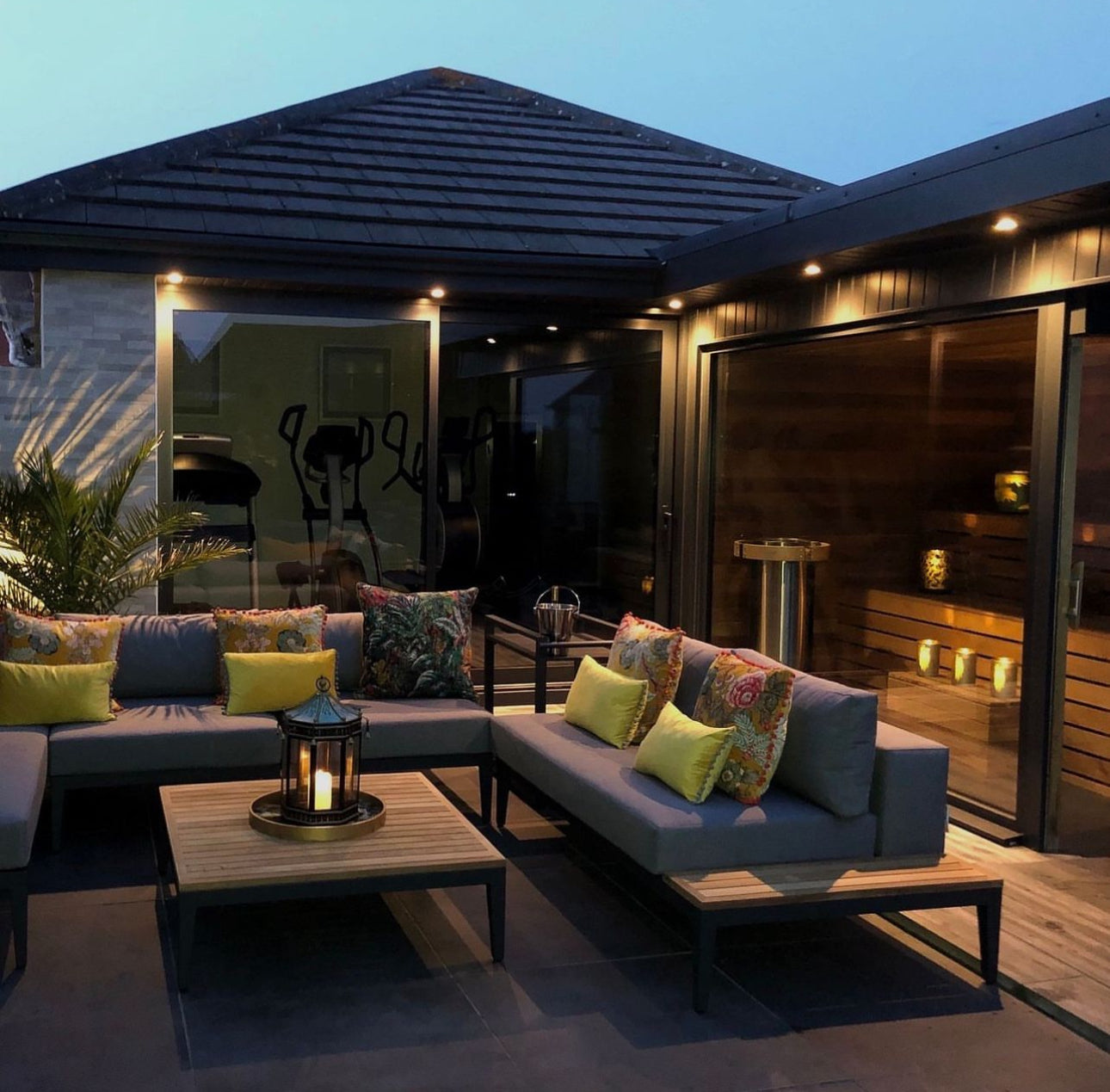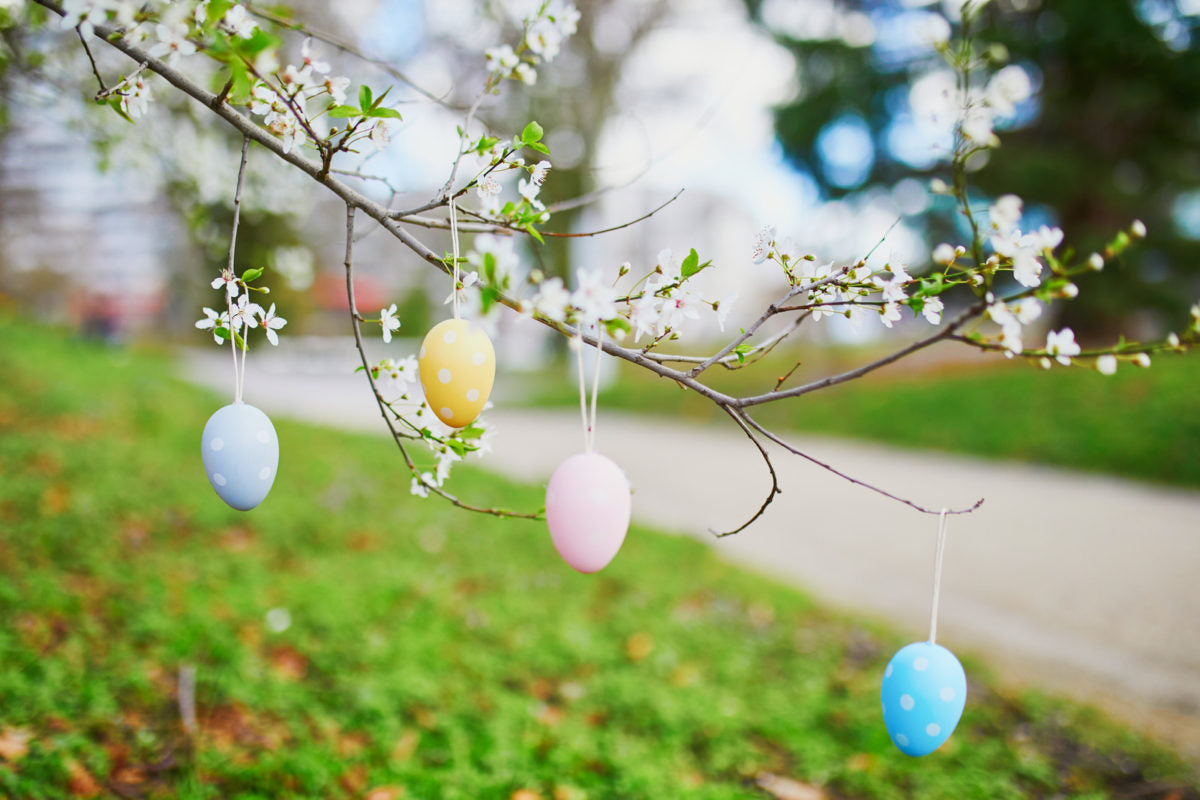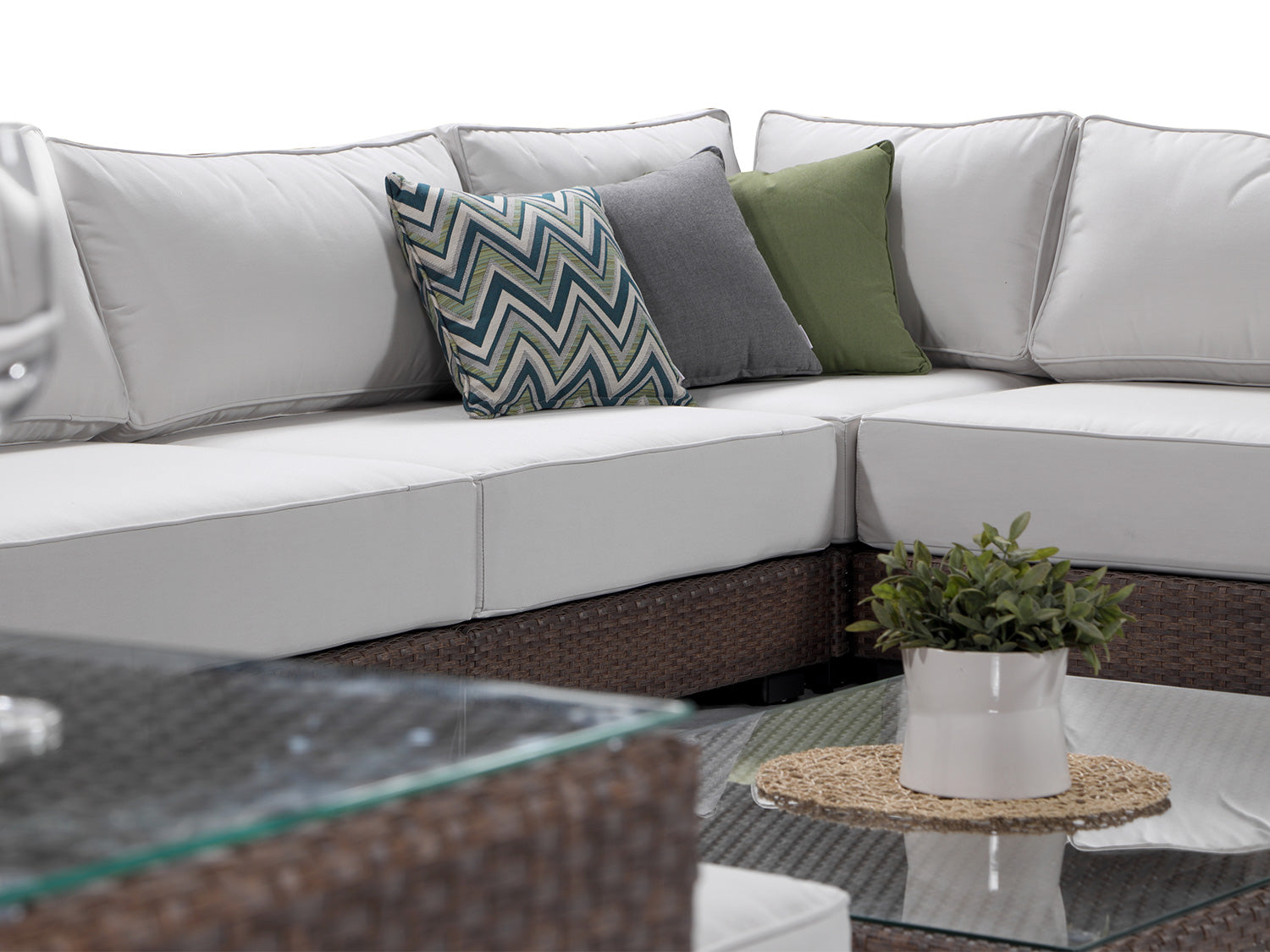With the summer season approaching, you’ll be wanting to spend as much time in your garden as possible. Whether you’re planning on dining al fresco with friends or lounging around with your partner in the sun, you won’t want to miss these moments to be forced tending to out-of-control shrubbery and battling ever-growing grass instead.
That is why many homeowners are now opting to design low-maintenance gardens; allowing themselves to save time, effort and money for the things they love. Keep reading as we show you how you can create the perfect low-maintenance garden and perfect summer hotspot.
Understand your space and time
Understanding your space and how it balances with your lifestyle is the first step in creating the perfect low-maintenance garden. Ask yourself questions like:
- How big is your garden?
- What garden aesthetics do you gravitate towards?
- Which parts do you love and which would you opt to change?
- How much time, energy and money can you happily put into your garden?
With the answers to these questions, you can make executive decisions on what low-maintenance changes are most suited to your garden. Low-maintenance gardens aren’t always one-size-fits-all, and if you want to dedicate time to parts of your garden that you love - such as a gorgeous rose bush or fruitful herb garden - then you should!
Design for efficiency
When designing your low-maintenance garden, you should consider what tasks you want to keep and which others you will change, for the most efficient use of your time when gardening.
Invest in high-quality garden furniture
Investing in high-quality, easy-to-clean garden furniture is going to really pull your efficient low-maintenance garden design together. Avoid cheaper, low-quality garden furniture that requires copious amounts of care and attention to try to look its best and ultimately needs replacing. Instead, opt for high-quality garden furniture that can be left out all year, can be cleaned in an instant and will last for summers to come - like weather-resistant PE resin rattan garden furniture.
With no extensive cleaning routines for fabric and wider furniture, invest in luxury UV and weather-resistant PE rattan outdoor sofas, sun loungers and dining sets for your perfect, low-maintenance garden. Simply brush away debris and give your rattan a quick wash with soap and water, for garden furniture that looks brand new again.
And for your high-quality garden furniture, we recommend splurging on UV and tear-resistant covers to protect your investment throughout the colder, harsher weather and months. These covers not only reduce how often you need to clean your garden furniture throughout the year, but are also incredibly easy to wipe down themselves (so they’re not an eyesore in your picture-perfect garden).
Remove your lawn
The most efficient major design in many low-maintenance gardens is to remove your grass lawn. Say goodbye to re-seeding, aerating and mowing, and instead opt for what is known as ‘hardscaping’ - installing a solid, plant-free surface into your garden, such as decking, patio stones, concrete or gravel. If you might miss the greenery that grass brings to your garden, why not instead lay down astroturf or artificial grass, for a soft, whimsical garden with no maintenance needed?
Plan your garden around gardening tasks
Another way to efficiently design your low-maintenance garden is to plan your garden around gardening tasks. This would include grouping similar plants together for watering and pruning in just one section or area. By doing this, you could also install irrigation systems to water your plants for you, without spreading the system across the whole garden.
Implement time-saving techniques
The whole purpose of a low-maintenance garden is to save your precious time for things you’d much rather be doing there than gardening. Implementing time-saving techniques into your low-maintenance garden will make this a much smoother and low-lasting experience.
Planting in containers or raised beds
One way in which you can save time in your garden is to plant your flowers or shrubbery in containers or raised beds. This contains your plants in a controlled environment; preventing weeds or plant disease from spreading to other areas of your garden, as well as keeping them all together for quick and easy pruning. If you do unfortunately experience gardening tasks in these areas, you can quickly remove them from your garden without the need of a whole redesign.
Planting in mulch
When planting in your garden, we recommend doing so in mulch. This will suppress weeds from growing in your glorious flowerbeds, retain soil moisture and regulate its temperature - removing the need for excess weeding and nurturing.
High-quality tools and equipment
Another way to streamline your gardening tasks is to invest in quality tools and equipment. Not only will lower-quality tools and equipment need replacing more regularly, but they aren’t designed to be as efficient as their higher-quality counterparts.
Select low-maintenance plants
For a garden to truly feel like your summer paradise, plants are essential. The ultimate, zero-maintenance hack for this is to just simply purchase realistic, faux plants and shrubbery. However, the downside to this is that you may miss out on the natural elements and atmosphere that real plants bring to a space. Instead, we recommend opting for low-maintenance plants.
Native and drought-resistant plants
Low-maintenance plants can include native plants to your area, which have adapted to the local climate, or drought-resistant plants, such as lavender, aloe and sea hollies. These plants will need little care and addition - just a trim or cut back every now and then.
Perennial plants
Perennial plants are also another great option for a low-maintenance garden. These plants survive all throughout the changing seasons, including frostbitten winters, and can live for several years. Once again, these plants, like achilleas and lupins, require minimal care and attention - just quality soil or compost to be planted into.
Tips for long-term success
A low-maintenance garden is only effective when it is sustainable to your lifestyle and commitments. If it is, then you can expect long-term success in your new peaceful paradise all year round. But how can you ensure this happens?
Develop a regular maintenance schedule
Developing a regular, but minimal, maintenance schedule will help you keep on top of your low-maintenance garden throughout the year - without it becoming a mammoth task just before the warmer seasons greet us. This includes staying on top of weeding, watering and pruning, which will prevent these issues from inevitably escalating.
Embrace imperfection
Your low-maintenance garden will naturally evolve over time, and you will begin to notice things you love, whilst also things you didn’t imagine to be in your perfect space. Embrace these imperfections and work around them - as long as they fit into your limited commitments to your garden.
Educate yourself and adapt
By continuously educating yourself on low-maintenance gardening techniques, you will be able to keep up with its limited demands. You may find new techniques or trends that suit your garden better than your original design, so don’t be afraid to adapt and redesign. The whole purpose of a low-maintenance garden is to save your time and fit around your lifestyle, as these techniques could do that so much better.
For the most flawless warm weather paradise, explore Alexander Francis’ luxury garden furniture collections today. Get in touch with our experts for advice on finding your ideal additions - perfect for any low-maintenance garden.




